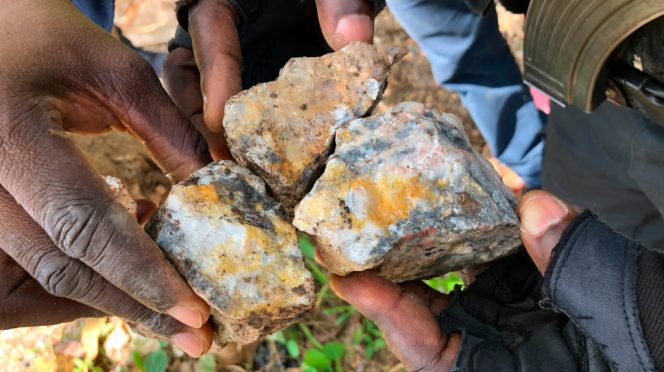Dredging operations have commenced at the Lumsden Point project in Port Hedland, a pivotal hub for Australia’s import and export activities. Over the next eight weeks, approximately 1 million cubic meters of material are slated to be excavated as part of this extensive initiative.
Funding and Impact
In a press release dated September 30, Pilbara Ports announced that the dredging project is backed by a substantial investment totaling AU$611.6 million, sourced from both government and private sector partnerships. Specifically, the Australian government is contributing AU$450 million, which will be directed towards the development of new multi-user facilities and berths. The Western Australian government is adding AU$96.6 million to the funding pool.
Major players in the mining sector have also stepped in, with BHP, Fortescue, Roy Hill, and a consortium between Hancock Prospecting and Mineral Resources committing AU$65 million to bolster the project’s financial foundation.
Future Utilization and Economic Boost
Once operational, Lumsden Point is positioned to play a crucial role in the export of battery materials, including lithium and copper concentrates, while also facilitating the import of renewable energy infrastructure, such as wind turbines. Western Australia’s Minister for Ports, David Michael, stated that upon completion, the project is expected to contribute AU$2.1 billion annually to Australia’s GDP.
Michael elaborated on the environmental benefits, noting, “The project is projected to save 3.6 million tonnes of emissions by 2055 through direct shipping to the Pilbara and providing a pathway for renewable energy infrastructure.” This commitment aligns with federal initiatives, including the Critical Minerals Strategy 2022 and the Boosting Australia’s Diesel Storage Program, as well as Western Australia’s Climate Policy and Renewable Hydrogen Strategy.
Employment Opportunities and Environmental Considerations
The Lumsden Point project is anticipated to stimulate job creation and drive economic growth in the surrounding region. Jan De Nul (Australia) has been awarded the contract for the dredging and land reclamation activities since June 7.
Preparatory work on the project has been extensive, incorporating meticulous environmental monitoring efforts to mitigate potential impacts on local ecosystems. An approved environmental management plan ensures that the dredged materials will be disposed of at a designated reclamation area within Lumsden.
For ongoing updates on the project and its developments, follow us on social media @INN_Australia.
—
In summary, the Lumsden Point project represents a significant investment in both infrastructure and the renewable energy sector in Australia. With backing from various levels of government and contributions from key industry players, this initiative could reshape the economic landscape of the Pilbara region while supporting critical environmental goals.














